Venturing into what may be the epitome of futurism, Saudi Arabia has embarked on a monumental endeavor: to erect a 170-kilometer mirrored skyscraper, an architectural marvel that will stretch across the desert adjacent to the Suez Canal. While the conventional wisdom might quickly attribute the undertaking to aesthetic ambitions or even whimsical notions of “it will look cool,” the raison d’être for this project is profoundly forward-thinking.
The Line will tackle the challenges facing humanity in urban life today and will shine a light on alternative ways to live. We cannot ignore the livability and environmental crises facing our world’s cities, and NEOM is at the forefront of delivering new and imaginative solutions to address these issues. NEOM is leading a team of the brightest minds in architecture, engineering and construction to make the idea of building upwards a reality.
-Mohammed bin Salman, Crown Prince and Chairman of the NEOM Company Board of Directors
Exploring The Line city in Saudi Arabia
Let us dive into the depths of The Line, shall we? Envisioned as a cornerstone of the upcoming high-tech metropolis known as NEOM, The Line promises not just housing, but an entirely new way of city life for a projected population of 9 million inhabitants.
We’re not talking about just any urban life—this is about reimagining urban ecosystems. Imagine being able to reach any facility you desire—a grocery store, a hospital, a school—within a breezy five-minute jaunt. And as if the concept wasn’t already tantalizing enough, a state-of-the-art high-speed train is in the works to ferry people from one end of the skyscraper to the other in a mere 20 minutes.
A sneak peek into The Line’s interior design in Saudi Arabia
In essence, The Line aspires to be more than just a feat of engineering or an aesthetic marvel. It aims to offer pragmatic solutions to the complex problems of urban living and environmental sustainability—redefining not just architecture but human habitation as a whole.
Construction details of The Line
When it comes to urban planning and high-speed rail, the adage “The shortest distance between two points is a straight line” takes on a whole new dimension—quite literally—in the context of “The Line.” This architectural titan is engineered with a singular focus: to make high-speed train travel not just viable, but exemplary.
Let’s talk train logistics for a moment. The anticipated high-speed train that will zip through the city has an agenda as streamlined as its architectural host: make only four stops and cover the entire 170-kilometer stretch of the city in a lightning-fast 20 minutes. Yes, you heard that right—20 minutes. The brilliance behind this lies in the linearity of the city itself. With a straightforward design, the train can achieve optimal speeds, in part because it won’t have to deal with curves or complicated track configurations.
But the minimalism doesn’t stop there. The limited number of stations is another masterstroke. Fewer stops mean fewer slowdowns and fewer accelerations, allowing the train to maintain a high velocity throughout its route. Thus, residents not only get the luxury of fast travel but also benefit from the increased efficiency and energy conservation that comes with maintaining a constant speed.
“At The Line’s launch last year, we committed to a civilizational revolution that puts humans first based on a radical change in urban planning. The designs revealed today for the city’s vertically layered communities will challenge the traditional flat, horizontal cities and create a model for nature preservation and enhanced human livability. THE LINE will tackle the challenges facing humanity in urban life today and will shine a light on alternative ways to live,” Crown Prince Mohammed bin Salman stated when the project was launched in July 2022.
“We cannot ignore the livability and environmental crises facing our world’s cities, and NEOM is at the forefront of delivering new and imaginative solutions to address these issues.”
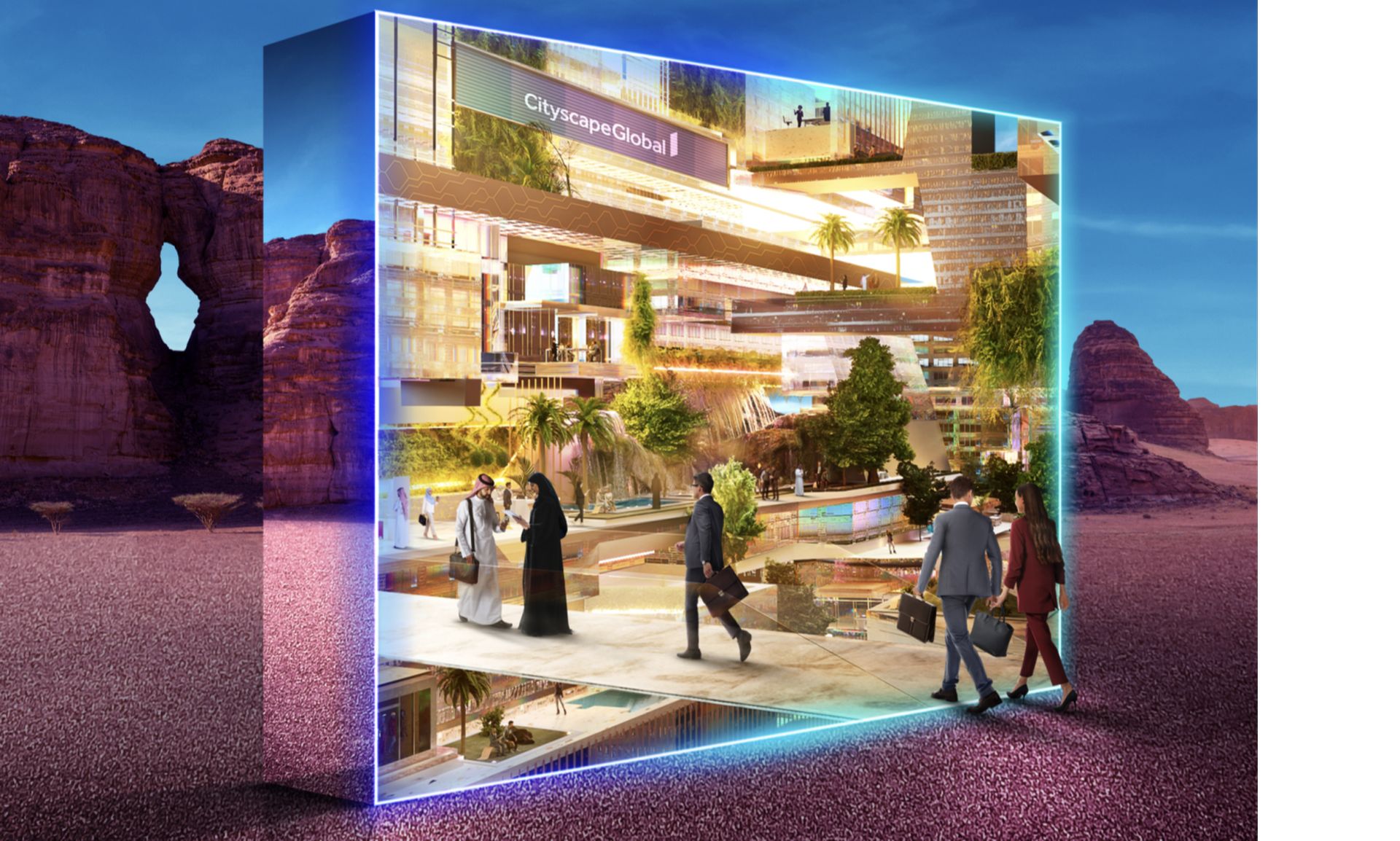
Ah, the urban labyrinth of today—where a simple trip across town can turn into an epic journey requiring multiple train transfers and endless waiting. While modern cities across the globe grapple with congested roads and complex rail networks, The Line proposes an elegantly simple alternative: a linear city devoid of cars and associated traffic woes.
In fact, it aspires to be a “5-minute city.” No, that’s not the duration of your stay, but rather the time it takes for you to reach essential facilities on foot. In case your destination lies farther, the high-speed underground rail is at your service, promising to get you there without so much as disrupting a hair on your head or the aesthetic harmony of the cityscape.
What this means for urban living is groundbreaking. The underground placement of the rail line cleverly avoids interfering with daily life and maintains the city’s visual appeal. No more towering rail structures casting shadows over your afternoon walks or noisy trains interrupting your tranquil evenings. Instead, what you have is a transport system so seamlessly integrated into the city’s fabric that it’s practically invisible.
And let’s talk about the city’s closeness to nature. The linear architecture of this smart city is designed so that nature is never more than a few steps away. Buildings in this futuristic metropolis will have a slim profile—approximately 650 feet wide—and will be inward-facing. The outer walls will feature mirrored windows, providing residents with perpetual vistas of open, natural spaces. Ah, nature—where you can ponder life’s mysteries or simply unwind without the urban hustle and bustle.
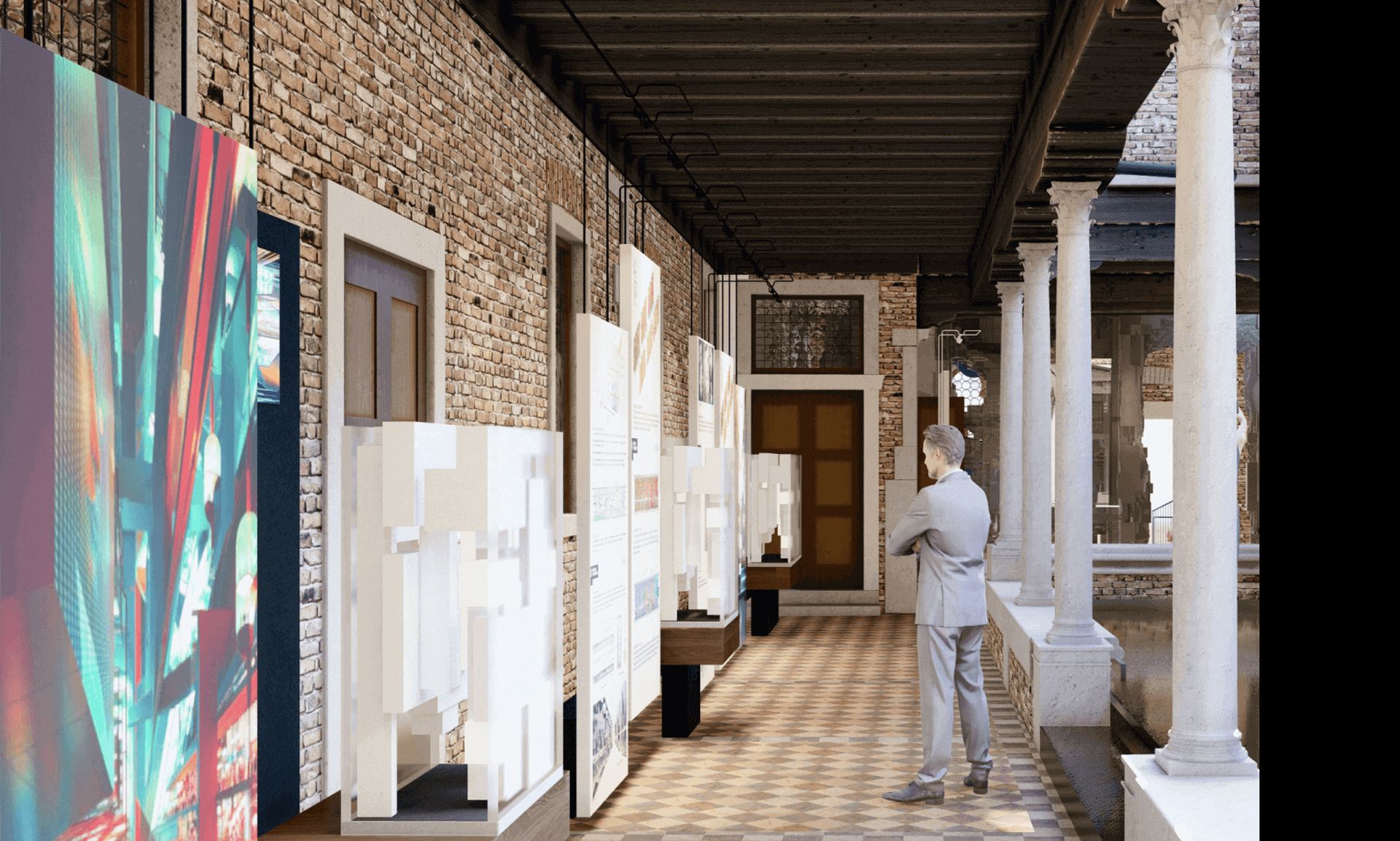
But wait, there’s more. NEOM isn’t merely looking horizontally; they’re also setting their sights skyward. As reported by Forbes, the advent of e-VTOL transportation options like the Volocopter is on the table, aimed at slicing through travel time even further.
Since their inception, trains have been game-changers in shaping cities and influencing urban design. The Line proves that even in our modern era, these iron behemoths continue to shape our perception of what urban living can and should be like. However, in this instance, they’re contributing to a radically different vision—a city where accessibility is a given, not a luxury.
There are people who are against the project
Every rose has its thorn, and The Line is no exception to this time-honored truth. While the project has been hailed as a next-generation marvel in urban planning and sustainability, critics have leveled a compelling argument against it: its linearity could be its downfall.
A recent paper delves deep into why this ambitious project might not be as utopian as it appears. Sure, having a grocery store or a gym within a five-minute walking distance is a dream come true. But the paper argues that for larger life pursuits—think jobs, education, and social engagements—the Line’s linear design may become an ordeal. They crunched the numbers and came to a startling revelation:
“If its 9 million inhabitants are homogeneously distributed in the city, each [kilometer] will have roughly 53,000 people. If we randomly pick two people from the city, they will be, on average, 57 km [35 miles] apart. Although The Line occupies only 2 percent of the surface of Johannesburg, if we pick two random people in Johannesburg, they are only 33 km [20 miles] apart,” the team explains in their paper.
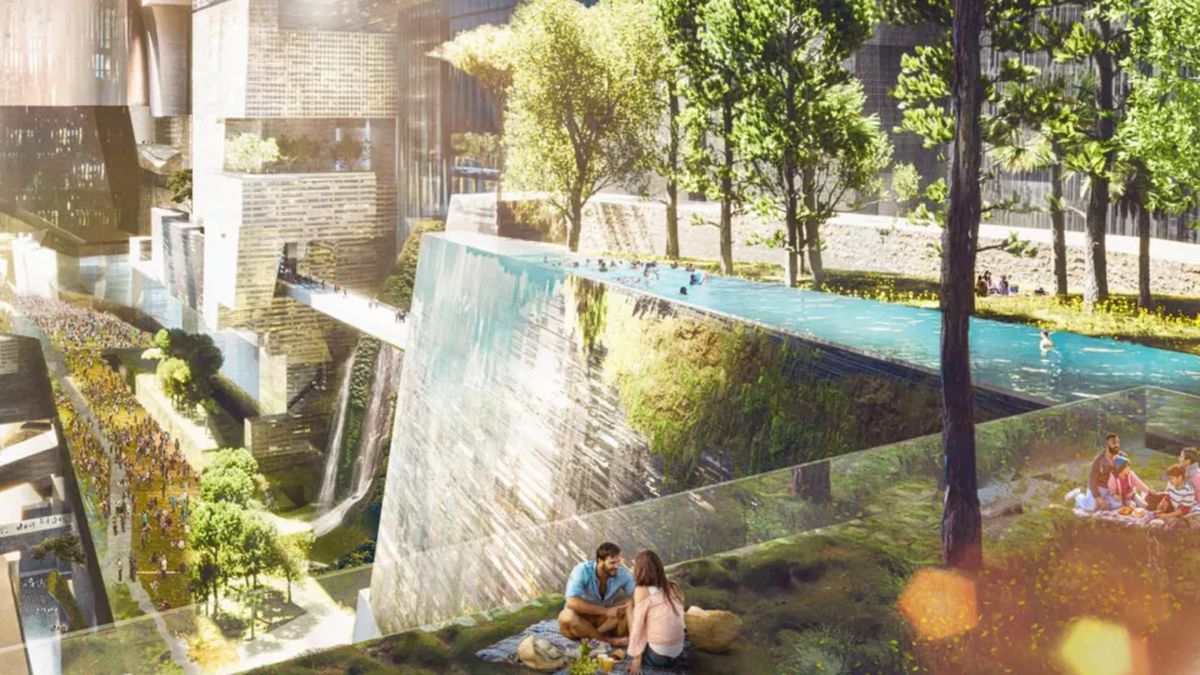
“Keeping the surface fixed, a line is the contiguous urban form that maximises the distance between its inhabitants. In The Line, people are as far away from others as possible.”
When it comes to transport, even with a generous sprinkling of 86 train stations, the paper estimates that nearly half the population would still face a commute longer than an hour. Imagine the irony: a city designed for convenience ends up inconveniencing you.
“Regardless of the number of stations on The Line, at least 47 percent of the population will have a commute longer than 60 min so most people will live too far from their destination.”
Whispering algorithms of smart surroundings
But wait, there’s more. The critique extends to the environmental aspect as well. The towering structures that The Line promises come at an energy cost. Taller buildings require more energy to maintain than their medium-sized counterparts, essentially negating the city’s supposed sustainability goals.
“A circle that occupies the same surface as The Line (34 km2 [13 square miles]) has a radius of only 3.3 km [2 miles],” the team wrote. “In The Circle, the expected distance between two random people is only 2.9 km. In The Circle, a person is at a walking distance of 24 percent of the population (and within 2 km [1.2 miles], they could reach 66 percent of the destinations), so most of their mobility could be active.”
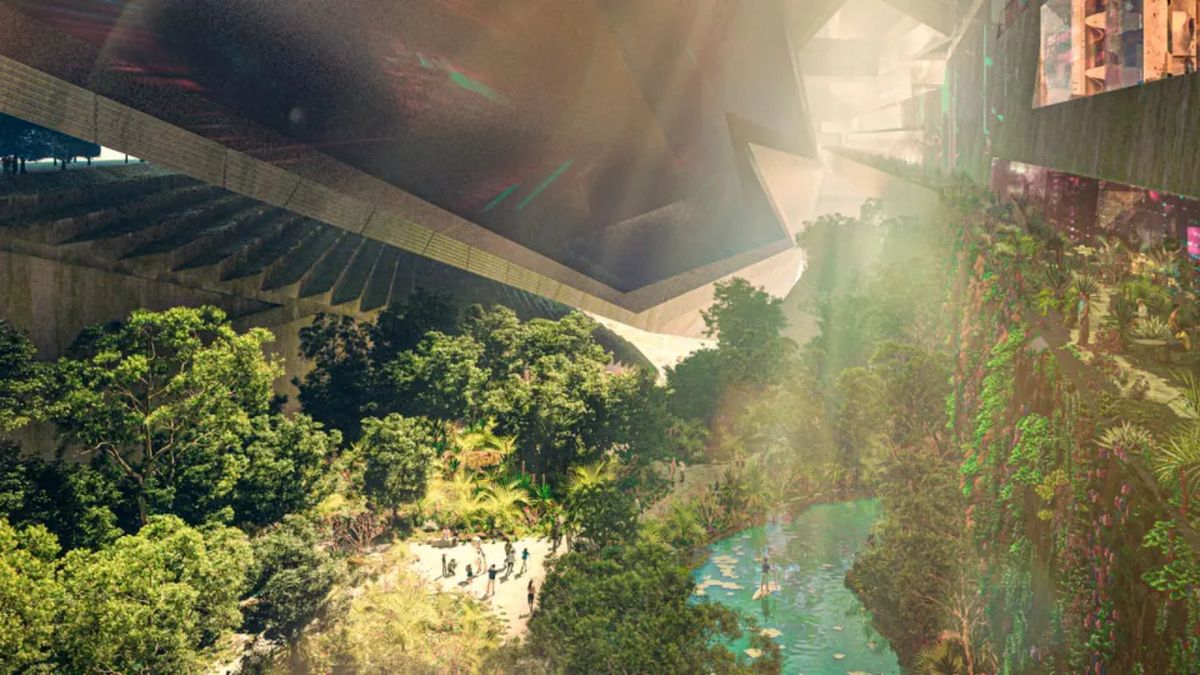
However, the critics aren’t just naysayers; they offer a solution—morph The Line into a circle. While it may not have the same poetic ring to it, a circular design would maximize proximity among residents and could potentially reduce commuting times and energy consumption.
In “The Circle,” high-speed trains could become a quaint relic, largely because residents would be able to walk or cycle for most of their trips. Public buses could fill in for any remaining transportation needs. While the construction of “The Circle” might present more hurdles than “The Line,” let’s be honest: if one is already diving into the grandiose endeavor of erecting an awe-inspiring complex in the desert, wouldn’t it be prudent to invest that extra bit of effort to ensure the space is truly habitable?
Is The Line Saudi Arabia actually being built?
Exclusive satellite photos acquired by MIT Technology Review reveal that the construction site for the $500 billion venture, The Line, is already emerging. The site extends in a perfectly straight line across the northern Saudi Arabian deserts and mountains.
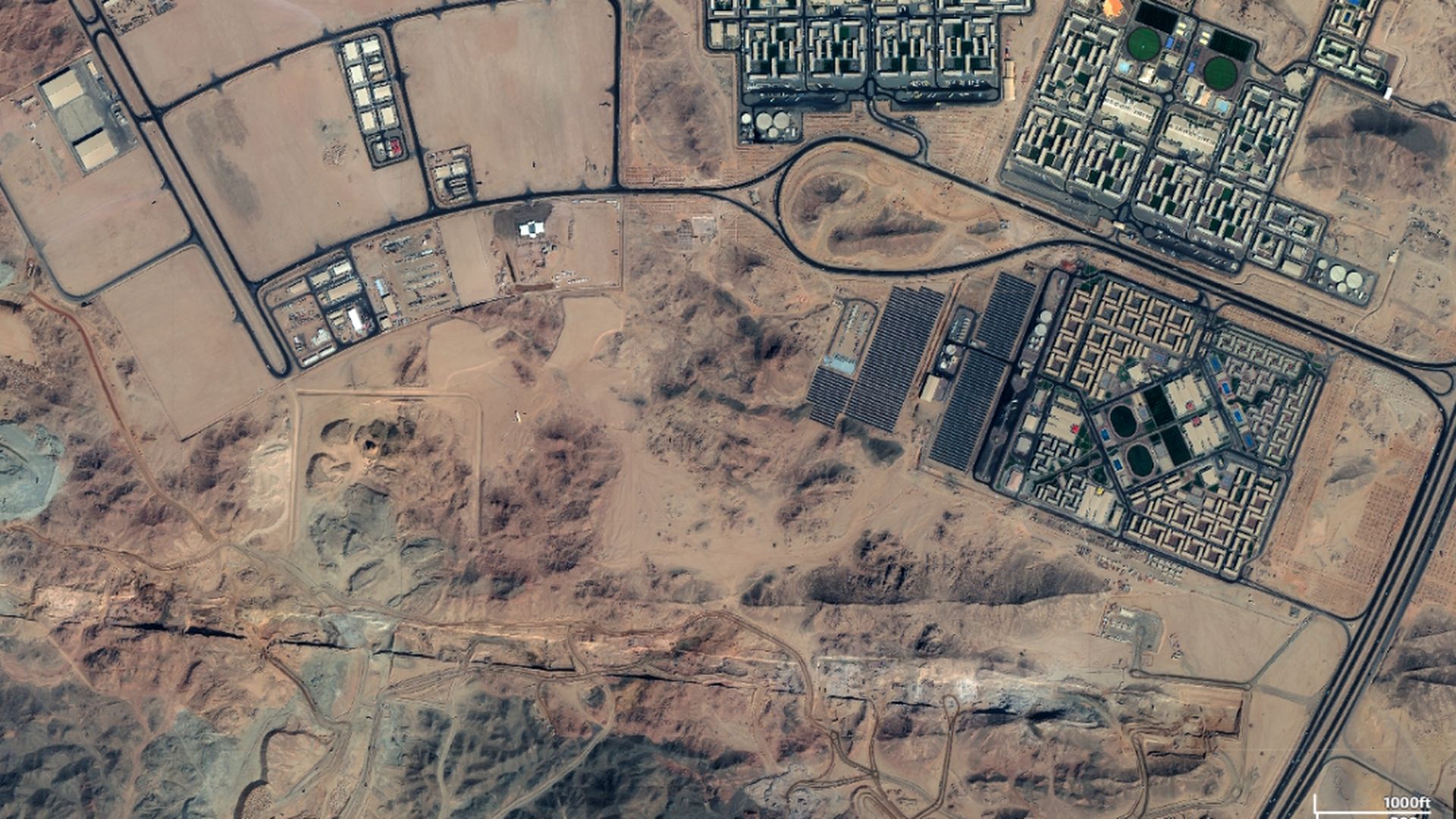
FAQ
How long is The Line project in Saudi Arabia?
The Line is planned to be 170 kilometers long.
What is the expected completion date for The Line in Saudi Arabia?
The primary goal of the project was to boost tourism in Saudi Arabia, thereby broadening its economic base. Although the completion of this project was originally targeted for 2025, setbacks have pushed the completion date to 2030.
What is the price of The Line in Saudi Arabia?
The anticipated construction expenses for the project range from 100 to 200 billion USD, but some estimates suggest costs could soar up to 1 trillion USD.
Did Saudi Arabia stop building The Line?
Saudi Arabia won’t personally oversee the construction of the cutting-edge city, The Line, in NEOM. Rather, they will utilize extensive artificial intelligence and a “digital twin backbone” for its design, according to NEOM’s Executive Director Giles Pendleton in an internal discussion.
Featured image credit: NEOM





